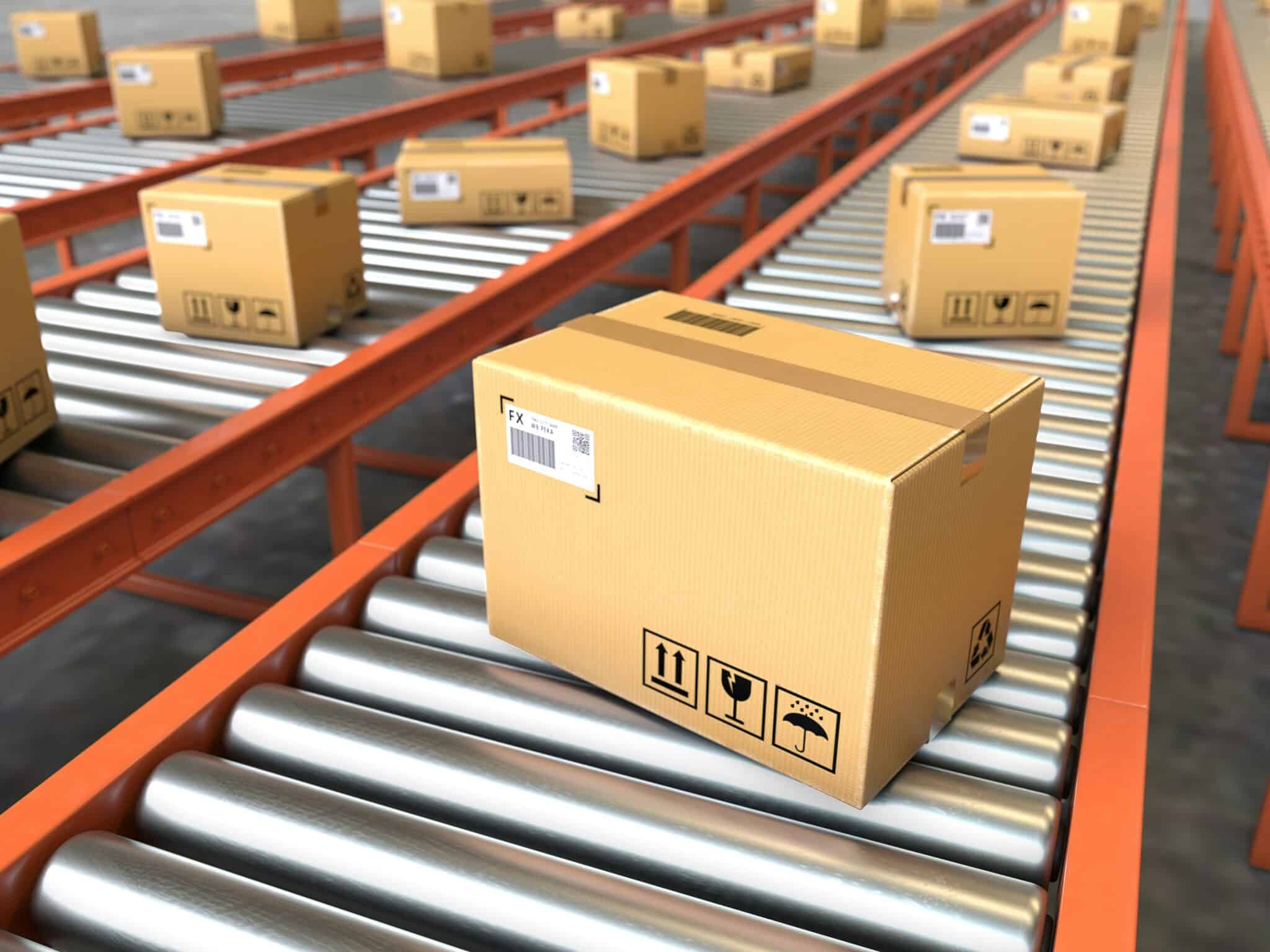The phrase “COVID has changed nothing but accelerated everything” has been used many times, across all aspects of life.
It has been particularly apt with retail. Prolonged periods of lockdown have accelerated shifts to online channels in every product category. It has also changed what shoppers expect in-store – there is an appetite to return to in-person shopping, but they are looking for more from the experience.
The crisis has created Supply Chain problems and thrown the need for resilience into sharp relief. These challenges in sourcing and shipping goods have themselves created significant additional changes in consumer attitudes and behaviour.
New research from McKinsey reveals that product availability is now the single most important purchasing factor. Just 13% of respondents to the 2021 Holiday Shopping Report say they waited for an item to come back into stock. About 70% switched retailers or brands.
The implication is clear – Availability, not brand, is now the biggest driver for consumers.
Consumers want it, and they want it now. The same is true in online channels.
Image: IMRG: New Normal Delivery Expectations, June 2021
When asked when they would expect delivery for items bougt online, a sizeable proportion expect it same day or next day – with almost all expecting it within 3-5 days.
But consumers don’t want to pay for rapid delivery. Shipping costs are consistently the most common reason for shopping cart abandonment.
This poses a challenge for smaller retailers. Whilst the super-majors and eCommerce giants have the critical mass to deliver this on their own, smaller locally focused retailers lack the infrastructure and economies of scale to respond.
Analysts EY suggest they have 2 choices:
- Join an eCommerce platform
- Create an ecosystem of partners working together
eCommerce marketplaces can prove problematic. Many retailers find them extremely valuable for stock disposal but that they erode customer lifetime value. Shopper loyalty is to the platform and not the retail brand – so unless the retailer has a unique proposition they risk compromising customer value.
Cooperating with suppliers for efficiency creates opportunity. If this is executed well then it overcomes the need for a large national distribution hub. The answer lies with wholesalers and manufacturers who can help.
There are many steps in the delivery value chain – from last mile delivery, to fulfilment, inventory planning and demand planning. Creating a cooperative ‘ecosystem’ requires collaboration and integration. We discussed the critical components of collaboration in ‘Those who Plan Together, Stick Together’.
The ecosystem model sees the retailer benefit from retaining the direct relationship with the customer but sharing their inventory risk with their suppliers (who ship directly on their behalf).
This is both opportunity and risk for Wholesalers and Manufacturers. On the one hand there is the opportunity to broaden the product range that they offer to retailers who hadn’t the space to carry additional products or categories. They can increase or protect sales volumes of existing products by enabling the retailer to trade more effectively online. On the other hand they have to manage their inventory tightly.
For retailers who turn over the responsibility of their ‘experience’ to their wholesaler it can be tempting to just protect themselves with stringent service levels and strict penalties for failure to meet them. However, the answer lies in sharing and working together – planning from end to end.
With the right level of collaboration, fostered by transparency and intelligent use of data and analysis, retailers can achieve the responsiveness and experience that their target customers demand. Wholesalers and manufacturers who are able to make this possible can increase sales and profitability.





